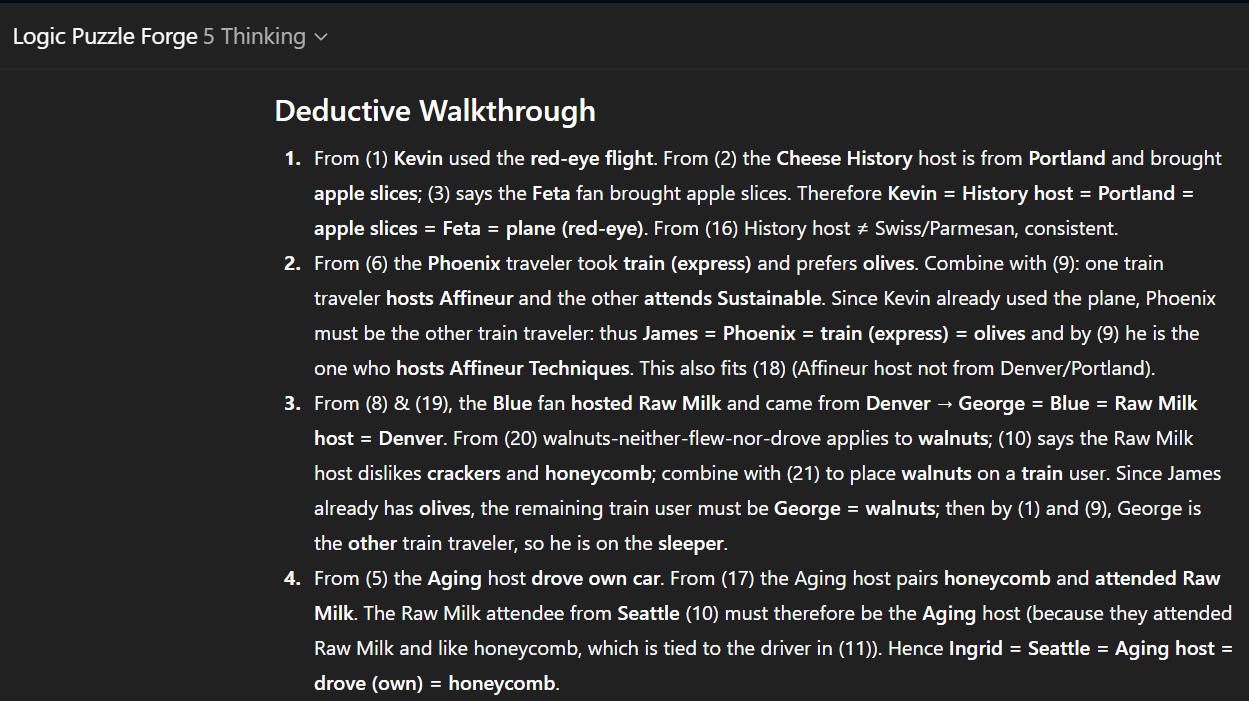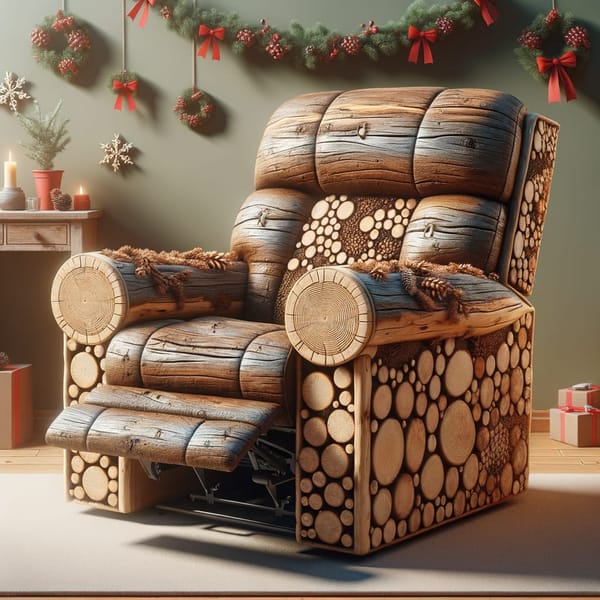Logic Puzzle Forge
The Time-Sucking Truth About Logic Puzzle Creation (And How Kevin Berry Fixed It)
Creating logic puzzles should be fun. That's why most of us started doing it, right? We love the satisfaction of crafting a perfect challenge that makes solvers think without making them want to throw the book across the room.
But here's what nobody talks about: logic puzzles take an enormous amount of time.
The Old-fashioned Way
My first variety puzzle book had seven logic puzzles. Four used those classic grid layouts you've seen everywhere. My second book? Eight puzzles, five with grids. Sounds like progress, except each puzzle took me hours to create properly.
Whether I used grids or not, I had to ensure the clues made sense, weren't redundant, and were sufficient to help solvers arrive at the unique solution. Every single clue had to pull its weight. Lucky for me, I enjoyed the process. Otherwise, I would have quit after puzzle number three.
I started using Excel to track how each clue "covered" the grid. If only two possible answers were left between Alice and Bob, I knew I had to write a clue to eliminate one of them. This tracking system saved my sanity, but it was still painstakingly slow.
And that's just the logic construction part. I'm not even talking about nailing the descriptive writing style that makes logic puzzles feel polished. That's an entirely different skill set.
The Hidden Complexity Nobody Warns You About
Every logic puzzle is actually three puzzles stacked together. The mathematical puzzle ensures exactly one solution exists. The cognitive puzzle arranges clues so the solution path feels natural. The communication puzzle writes clues without ambiguity. Most creators focus only on the math and wonder why their puzzles feel mechanical or confusing.
The Clue Coverage Problem
Since you already know the answer to your puzzle, you're working backward to figure out which clues are necessary. The challenge is that clues don't work in isolation. They interact with each other in ways that create gaps or redundancies. You end up rewriting clues multiple times as you discover problems.
Why Excel Became My Secret Weapon
Spreadsheets track the logical relationships in puzzles perfectly. Each row represents a possible state, each column represents a clue. When a clue eliminates a possibility, mark it with an X. The pattern of X's shows you exactly where gaps exist and which constraints you still need to add.
The Scalability Challenge
Creating seven puzzles this way was manageable. Creating fifty? That's a different story entirely.
If you're planning to publish puzzle books on Amazon KDP or sell PDF collections, you need approaches that scale. Spending three hours per puzzle might work for a hobby project, but it's not sustainable for commercial puzzle creation.
The real breakthrough comes when you develop reusable systems. Instead of starting from scratch every time, you build frameworks that handle the mechanical verification while leaving the creative decisions to you.
Patterns That Actually Save Time
After creating dozens of logic puzzles, certain clue structures and constraint combinations consistently work better than others. Instead of reinventing these patterns for every puzzle, collect them as flexible starting points you can adapt to different themes. This cuts creation time in half while improving quality.
The Quality Consistency Problem
One puzzle takes two hours and turns out beautifully. The next takes four hours and still feels clunky. The difference comes down to spotting structural problems early—redundant clues, insufficient constraints, awkward elimination paths—while the puzzle is still easy to modify.
How Kevin Solved It
Kevin developed a systematic framework that handles mechanical verification automatically. His Logic Puzzle Forge includes constraint templates that prevent structural problems, clue coverage tracking that shows exactly where gaps exist, and quality diagnostics that catch issues early.
The genius is preserving creativity while eliminating tedious verification work. You focus on themes and clever clues while the system ensures everything works properly.
After playing with Kevin's Custom GPT for less than a day, I'd created two fun puzzles. Now, you know me, I'm always trying to "break" AI. I created an insane puzzle with 7 categories and 8 objects. Logic Puzzle Forge lived up to its name, taking my prompt and building a compelling puzzle in about 5 minutes.

Here are half of the clues!

Here is the beginning of the walkthrough.





